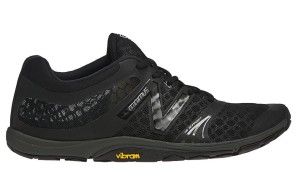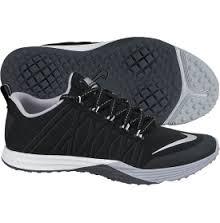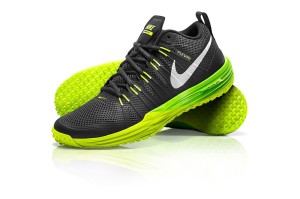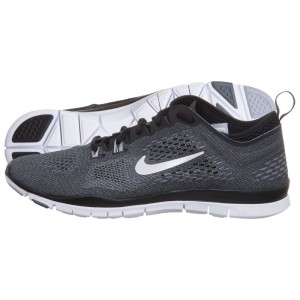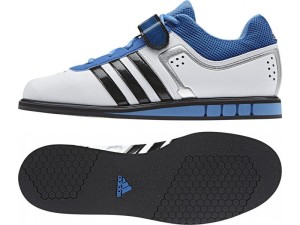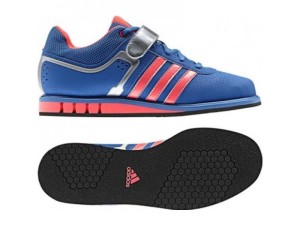Playing different sports requires different types of equipment for each sport; an athlete would not wear track spikes to play lacrosse or a football helmet to play tennis, so why would they wear running shoes to squat in or basketball shoes to power clean? The equipment an athlete uses when training for strength and conditioning is just as important as the equipment the athlete uses when they play their sport.
Ground based lifts utilized by Gibbons STRENGTH requires applying maximum force into the ground to complete the lift, whether it be lower body focused such as a squat or deadlift, or upper body focused like a push press or bent over row. In ground based training, the only way maximum force can be applied is through the feet! The most efficient and powerful way to create force from the feet is through shoes that provide energy efficiency and stability.
The most common shoe used by Gibbons students and athletes in the strength and conditioning facility are running shoes. Running shoes are made specifically for running with a thick midsole that provides support and absorbs shock to minimize impact force. Both of those features detract from the efficiency and stability required for strength training. The midsole of the running shoe absorbs force that the athlete puts into the ground to complete the lift and requires more muscle recruitment to stabilize the foot on the midsole, all of which detracts strength and power from the lift.
So how could you fix this issue? The quickest way to remedy the issue of lifting in running shoes is to take the shoes off and lift barefoot, but that can present issues when athletes are walking around at a busy facility with no shoes. The best alternative is to invest in more minimalist/strength specific training shoes, as these shoes have minimal to no midsole and provide a solid heel cup. Several brands offer shoes that match this criteria and can be used for conditioning as well.
Below are some examples:
Review #1: New Balance Minimus 20v3: This lightweight shoe is great for strength training with its minimal midsole, hard rubber bottom and solid heel cup. The shoe is meant for barefoot running but multitasks well as a strength and conditioning shoe.
Review #2: Nike Lunar Cross Element and Nike Lunar TR 1: These shoes are Nike’s women’s and men’s version of a cross training or strength and conditioning shoe that provides a great option for athletes. Though they both have more midsole than the New Balance Minimus shoe, they provide a great base for ground based movements and grooved hard rubber soles useful in agility and speed drills.
Review #3: Nike Free TR 5: This shoe is another great option by Nike with its minimal midsole and supported heel cup. The only draw back of the is shoe is the soft rubber outsole that will detract from force output and cause the athlete to expand energy stabilizing the foot.
Note: The Nike Free is NOT recommended due to its increased midsole height and rounded heel cup.
Review #4: Adidas Powerlift 2.0: This shoe is a great example of a dedicated weightlifting/strength training shoe. There are several versions on the market made by several great brands. The Powerlift is an Olympic weightlifting shoe created for completing Olympic lifts (i.e. Clean, Jerk, and Snatch) but also provides a great base for ground based movements. The heel is supported by a hard rubber wedge while the toe and ball of the foot are firmly in contact with the ground. This set up creates an optimal mechanical advantage for any lifter by providing a solid stable base equalling maximal energy efficiency.
Other options include: Adidas Adipower, Nike Romaleo 2, and Inov-8 FastLift
Chelsea Torres, MS Spring 2015, ACE-CPT

